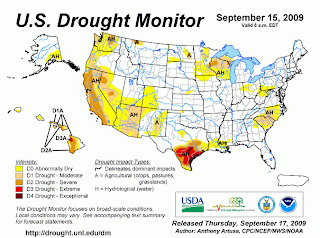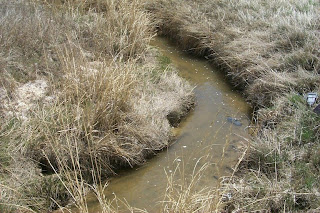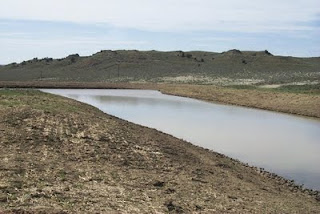 I’ve been “offline” for a little while, but I’ve been so busy! I’ll try to catch up on the updates. Here’s the first installment.
I’ve been “offline” for a little while, but I’ve been so busy! I’ll try to catch up on the updates. Here’s the first installment.
Last week, I asked two people in the Montana Legislative Fiscal Division how federal stimulus dollars have been distributed between the Women Infants and Children (WIC) nutrition program, school lunch program, and American Indian food distribution programs. The funding provided by the American Recovery and Reinvestment Act (ARRA) is one-time-only and will not be continued in the 2013 biennium budget process.
Women Infants and Children Nutrition Program
The legislature approved spending authority of $783,000 in ARRA funding for the WIC program in FY 2010 and $700,000 in FY 2011. Authority was provided for up to $500,000 in each year of the biennium to provide services and food for the WIC program. Should the state require funding above what was included for the regular WIC program, Montana can request additional funding under the ARRA. The program provides for food benefit packages to:
o Pregnant women
o Breastfeeding women
o Women who recently had a child
o Infants birth to 12 months
o Children up to 5 years of age
Qualifying individuals must be determined to be at nutritional or medical risk and be below 185 percent of the Federal Poverty Income Guidelines. The funding can be used to support additional eligible individuals or increased costs of providing food package benefits. WIC food benefit packages have recently expanded to include fresh fruits and vegetables that have increased costs for the program.
In addition, ARRA funding of up to $283,000 in FY 2010 and $200,000 in FY 2011 was provided for technology support for the WIC computer systems. The actual award for the computer system was $721,000. These systems have been in place since the 1980s. Montana is in the process of updating its WIC computer system.
School Lunch Programs
Montana received a one-time appropriation of $250,000 for equipment assistance to school districts participating in the National School Lunch Program. The Montana Office of Public Instruction awarded the grant funding by July 2009 to 45 school districts around the state. The listing of districts can be found at http://www.opi.mt.gov/schoolfood/grants.html.
Each district was awarded $5,000. As required by federal statute, priority was given to schools where at least 50 percent of the students were from low-income families. Funding is to be used to assist school districts in expanding their participation in the school meals programs and to help improve overall food service operations. This should result in improved school lunch program infrastructure.
Food distribution on American Indian Reservations
ARRA Funds: Funding is used to support storage for the state’s food distribution programs to reservations for frozen and refrigerated foods. The total amount received was $51,000 for an emergency backup generator for the state’s food storage warehouse cold storage compressors.
Tribes also received additional funds under the Food Distribution Program on Indian Reservations (FDPIR) funding sources that are not related to ARRA. $135,440 of “pass through” funding will go to six tribes for nutrition education, administration, and food storage warehouse needs. For example, Fort Belknap will use $24,000 to replace a forklift for their warehouse.
The Emergency Food Assistance Programs (TEFAP)
The division received $146,034 for costs associated with the handling, storage, and delivery of USDA commodities. The division also received about $200,000 to be used as “credit” for acquisition of food from USDA.
Supplemental Nutrition Assistance Program (SNAP food stamps)
The division received ARRA assistance for increased SNAP benefits of over 13.6%, which allows for well over $50 million in SNAP assistance for the state over the entire ARRA period. There is additional ARRA funding for program administration of $670,424.
HB 645 General Fund Appropriation
The Montana Legislature also provided general fund money of $500,000 over the biennium that is restricted for food for Food Banks throughout the state.
We’re working hard to take care of basic nutrition and food needs of Montanans, and we’re doing it well and effectively. Remember our less fortunate neighbors, everyone, as we celebrate Thanksgiving this coming week. There are too many of our fellows who are hungry, all the time.























